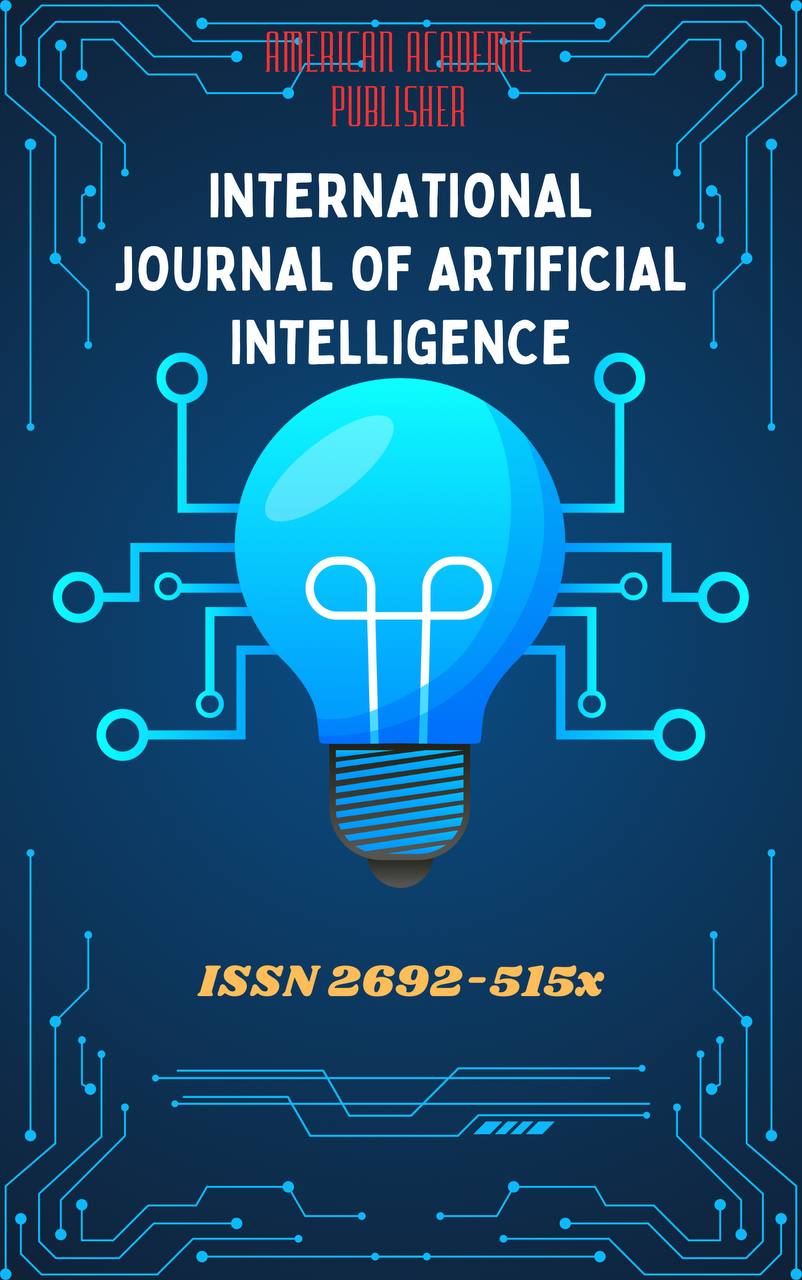 Articles
| Open Access |
Articles
| Open Access | DARMONOY O‘RAYEVA’S VIEWS ON MYTHOLOGY
Tleubayeva Nigora , Teacher at Secondary School No. 40, Qo‘ng‘irot DistrictAbstract
This article provides a scientific-theoretical analysis of Darmonoy O‘rayeva’s views on Uzbek oral prose genres within the framework of global folkloristics. It examines her classification of oral prose into myth, legend, narrative, joke, and fairy tale based on functional, semantic, and aesthetic criteria. The article highlights the significance of the narrator-listener relationship in defining genre boundaries and discusses the division of Uzbek oral prose into two main groups: artistic and narrative-informative genres. O‘rayeva’s seven-criteria typology is emphasized as a modern, multi-dimensional approach that deepens the understanding of oral prose’s multifunctionality and serves as a solid theoretical basis for comparative folkloristics. The article underscores the necessity of integrating communicative, semantic, and functional perspectives in the study of folk oral creativity to ensure a systematic and analytical approach.
Keywords
Darmonoy O‘rayeva, Uzbek oral prose, folkloristics, genre classification, myth, legend, narrative, fairy tale, oral tradition, communicative approach, typology, functional-semantic criteria, artistic genres, narrative-informative genres.
References
Саримсоқов Б. Ўзбек маросим фольклори. – Тошкент: Фан, 1986.
Саримсоқов Б. Сўзнинг магик қудратига асосланган маросим фольклори // Ўзбек фольклори очерклари. 3 томлик. 1-том. – Т.: Фан, 1988. – Б.170-186.
Снесарев Г.П. Реликты домусульманских верований и обрядов у узбеков Хорезма. – М.: Наука, 1969.
Снесарев Г.П. Три хорезмские легенды в свете демонологических представлений // Этнография. – М., 1973. – №1. – С.48-58.
Article Statistics
Downloads
Copyright License

This work is licensed under a Creative Commons Attribution 4.0 International License.

